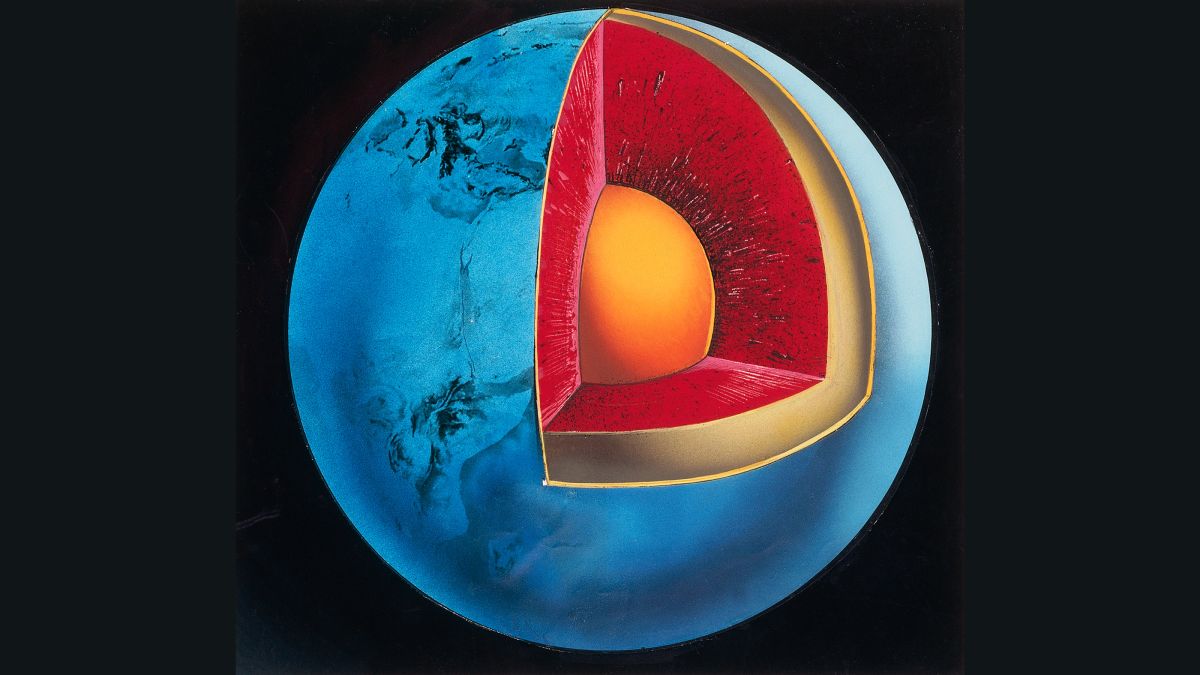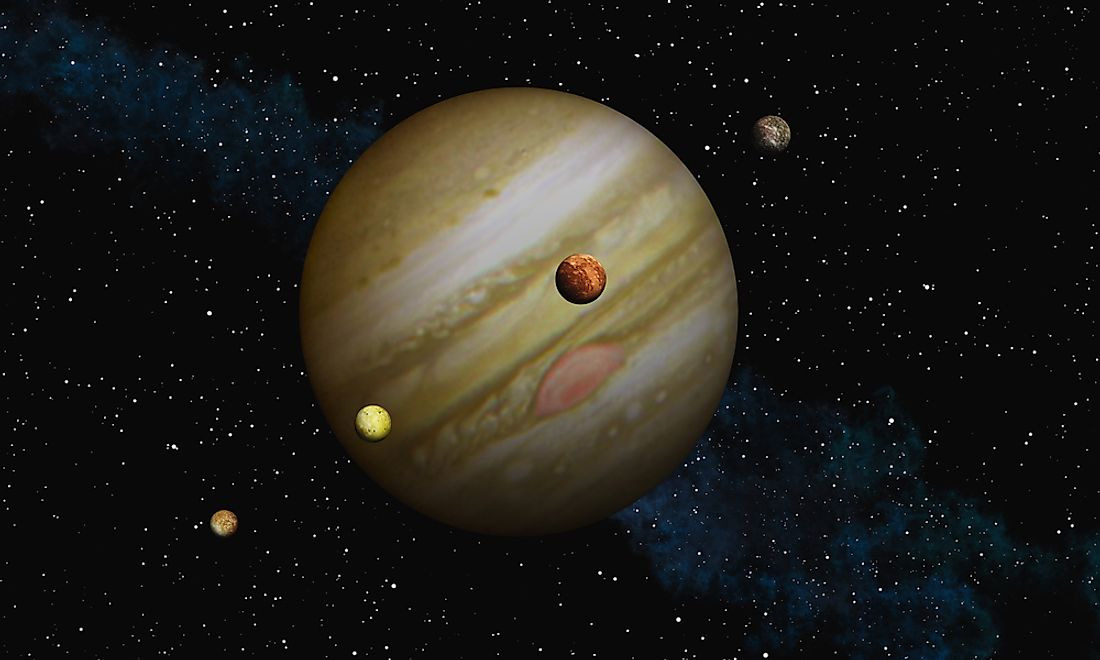What are asteroids?
An asteroid is a large rock in outer space. Some, like Ceres, can be very large, while others are as small as a grain of sand. Due to their smaller size, asteroids do not have enough gravity to pull themselves into the shape of a ball. Astronomers group asteroids into different categories based on the way they reflect sunlight.
The asteroid belt is divided into an inner belt and an outer belt. The inner belt, which is made up of asteroids that are within 250 million miles (402 million km) of the Sun, contains asteroids that are made of metals.
The outer belt, which includes asteroids 250 million miles (402 million km) beyond the Sun, consists of rocky asteroids. These asteroids appear darker than the asteroids of the inner belt, and are rich in carbon.
Where did the Asteroid Belt come from?
Asteroids are left over materials from the formation of the Solar System. These materials were never incorporated into a planet because of their proximity to Jupiter’s strong gravity.
How many asteroids are there?
26 very large asteroids have been discovered, which is probably most of the big ones. But there are still millions of smaller ones that we have yet to see because they are too tiny, only a mile or so across.
If we stuck all the asteroids together, how big would the new planet be?
If all the materials of all the asteroids were squashed up into one planet it would be smaller than our moon.
While most asteroids can be found in the Asteroid Belt, others are in strange orbits straying far from home. It is currently believed that at least 5000 asteroids cross the Earth’s orbit, some coming very close. Don’t worry though, asteroids and comets only hit the Earth every 100 million years or so.
Quaoar
Quaoar is the largest known non-planet object in the Solar System. It is one tenth the size of the Earth, and is larger than all other asteroids put together.
No picture currently available
Ceres
For many years Ceres was thought to be the biggest asteroid in the Solar System. It is about 600 miles wide and contains about 25% of the mass of all the asteroids combined. However, in the summer of 2001 scientists discovered an even bigger asteroid orbiting the Sun near Pluto.
2001 KX76
The New Asteroid King
On August 23, 2001, astronomers announced the discovery of a new asteroid. The new asteroid is even bigger than Ceres, which for over two hundred years had been thought to be the largest asteroid in the Solar System.
It was discovered looking at old photographs taken of the sky.
Ida and Dactyl
Ida is a neat little asteroid about 36 miles wide. It is unique because it has its own little moon called Dactyl.






